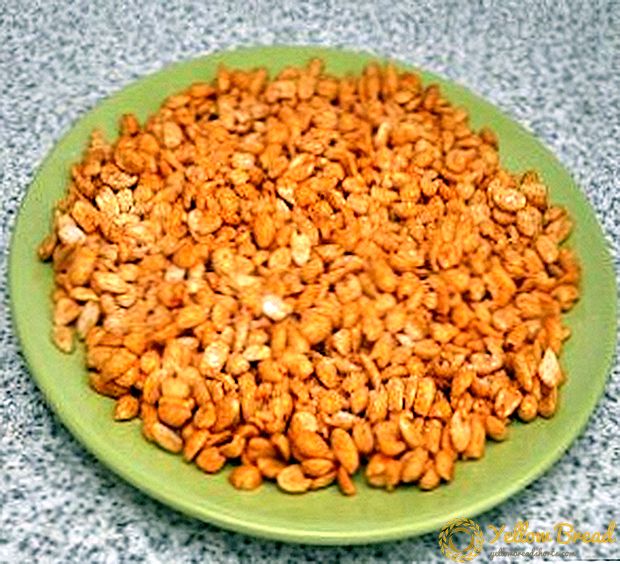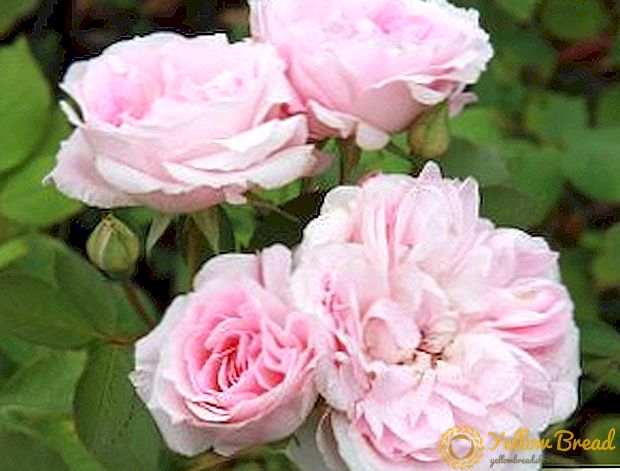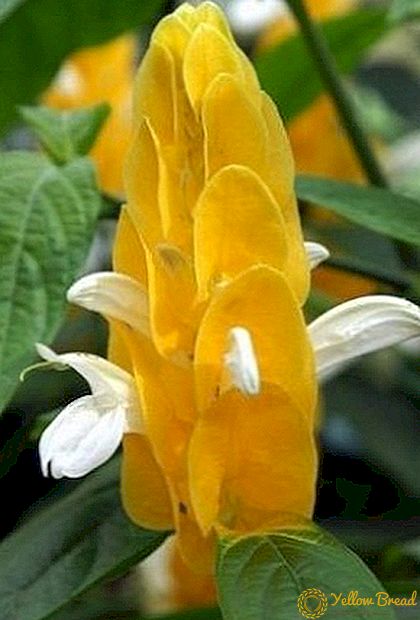 When choosing a grass for a lawn usually stop their attention on perennial cereals. They are cold-resistant, undemanding in care, responsive to fertilizers and quickly restored. Such a plant is and the earliest grass of the family of cereals is meadow grass, Okotorom and will be discussed further.
When choosing a grass for a lawn usually stop their attention on perennial cereals. They are cold-resistant, undemanding in care, responsive to fertilizers and quickly restored. Such a plant is and the earliest grass of the family of cereals is meadow grass, Okotorom and will be discussed further.
- Lawn varieties of meadow grass meadow
- Selection of seeds and checking them for germination
- Basics of sowing meadow grass seeds
- Site preparation for sowing
- How and when to sow
- Bluegrass lawn care
- Watering: all the details
- Top dressing and fertilizers
- Lawn mowing
- Winter hardy bluegrass
- Possible difficulties in growing meadow bluegrass
Lawn varieties of meadow grass meadow
There are 9 subspecies and many varieties of bluegrass meadow. Each variety has its strengths and features of growth, but now we will consider in more detail only some of them.
- Sort "Balin"often found in Europe.It is characterized by high endurance and safety of medium saturated color even in winter. Rooting him srednesilnoe, flowering - early. Used in the design of football and golf courses, playgrounds.
- Sort "Compact"able to grow in hot and arid climates. A characteristic feature is resistance to many diseases, for example, to rust. This grade of a meadow grass meadow is universal, can be used for any lawn.
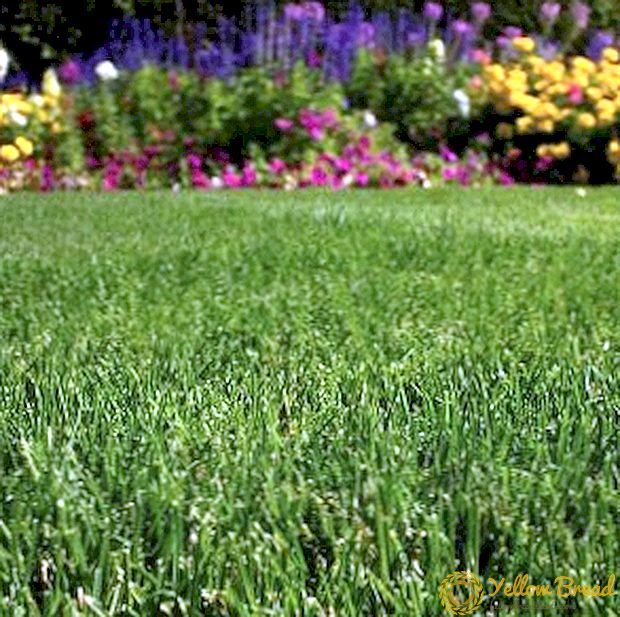
- "Geromino". Its feature is a bright green color. It is wear resistant and quickly regenerated.
- "Sobra". It has an average density and leaf width. Often used for lawns, as well as decorative and sports areas.
- Sort "Midnight"resistant to diseases, climatic conditions and trampling. Choose for decorative and sports fields.
- "Connie". It has a slow growth rate, wear resistance and resistance to the main diseases of the species.
- Sort "Platini". This is a highly resistant, fast growing variety that is often used for soccer fields.
- Dolphin. Low-growing, frost-resistant variety, rich dark green color with slow growth. Resistant to stress.It can be used for any lawn.
Selection of seeds and checking them for germination
Choosing seeds, pay attention to the availability of certificates (international or state). Be sure to ensure that the seed is suitable for your climate and the type of turf to be used. (either a decorative function or intensive use). Seed characteristics should also meet criteria such as the presence of groundwater, shade, soil, etc.
After selecting and buying it is worth checking the seeds for germination. To do this, use one of 3 suggested methods: 
- Seeds are poured on for 5-10 minutes with water, can be salted (no more than 20 g of salt per 0.5 liters of water), suitable seeds will remain on the bottom, and unsuitable, empty ones will float.
- Soak the seeds with boiling water and place between sawdust, then place in a warm place. Soon you will be able to see which seeds sprouted and which did not.
- Also soak in boiling water and place seeds between napkins. The temperature should not fall below + 23̊ C.
Basics of sowing meadow grass seeds
Because of how correctly the lawn will be sown depends on its future appearance.
Site preparation for sowing
If you prepare the plot correctly, after the germination the bluegrass will visually align the territory.
- Dig the ground and remove all the roots, weeds. Add sand if the fruit content of the soil is less than 15 cm. Prepare fertilizers.
- Align the area under the lawn rake or sap and tamp the ground with a special roller or just a wooden board.
- Again, loosen the soil with a rake 2 cm deep. Ensure that there are no lumps or depressions.
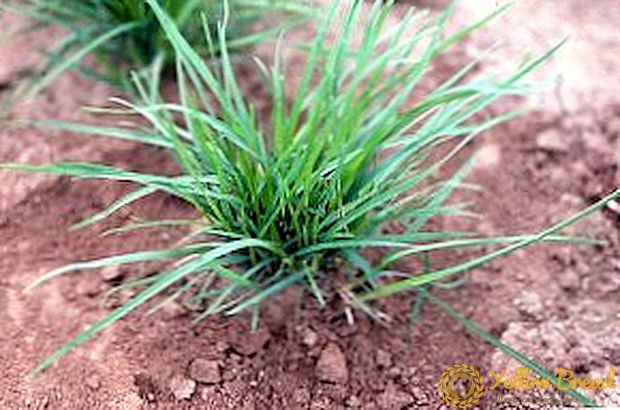
How and when to sow
Of course, you can sow manually, but better to use a special lawn seed drill. Depth for landing is ~ 2 mm. The quantitative ratio of seeds and area should be 40 g per 1m². When sowing, some of the grains must be planted across the lawn. Add potash and nitrogen fertilizers, and for their uniform distribution, use a rake and once again compact the soil to strengthen the grain.
It is possible to sow from mid-July and almost until the end of August. Dates are adjusted by weather conditions. Shoots may appear after 7-10 days.
Bluegrass lawn care
Caring for this plant is simple and to some extent even primitive.
Watering: all the details
 The root system of bluegrass meadow is designed so that although most of the roots are located in the upper ball of the soil, a lot of vegetative rhizomes penetrate the soil quite deeply. This is one of the reasons for the drought tolerance of the plant. But in the period of prolonged drought and heat, without watering, its stems may wither.
The root system of bluegrass meadow is designed so that although most of the roots are located in the upper ball of the soil, a lot of vegetative rhizomes penetrate the soil quite deeply. This is one of the reasons for the drought tolerance of the plant. But in the period of prolonged drought and heat, without watering, its stems may wither.
Top dressing and fertilizers
Top dressing is recommended before the first or after the last haircut. In spring or autumn, organic fertilizers are applied with a thin ball over the lawn surface. Rain and melt water will spread nutrients to the ground.
Lawn mowing
A haircut seals the lawn, and it recovers quickly after it. Bluegrass mows smoothly and easily, and grows evenly. But Do not mow the lawn too low, the optimum height is 4 cm.
Winter hardy bluegrass
Bluegrass - frost-resistant, unpretentious to the temperature regime, tolerates long cold and late frosts. It does not need a winter shelter, because the state of the grass cover does not change even in winter, that is, it leaves in green under the snow.
Possible difficulties in growing meadow bluegrass
 Because meadow grass is a plant that is extremely resistant, you need to carefully choose companions for him. It must be strong plants able to resist its aggressiveness and not to be forced out of the plot.
Because meadow grass is a plant that is extremely resistant, you need to carefully choose companions for him. It must be strong plants able to resist its aggressiveness and not to be forced out of the plot.
May be affected by rust and powdery mildew. For rust treatment, use fungicides, fertilizing with a weak nitrogen fertilizer and low mowing every three days (mowed grass must be cleaned). In the fight against powdery mildew, it is necessary to reduce watering, the dose of nitrogen in the top-dressing, and also use fungicides.
The main pests are moles, although mice also able to destroy the root system and spoil the appearance of the lawn. To combat them, you can install special repellents.
Meadow grass meadow is an ideal decision for a lawn. It will give the site a fresh and well-groomed look. And how to choose a bluegrass, sow and care for him you already know.



